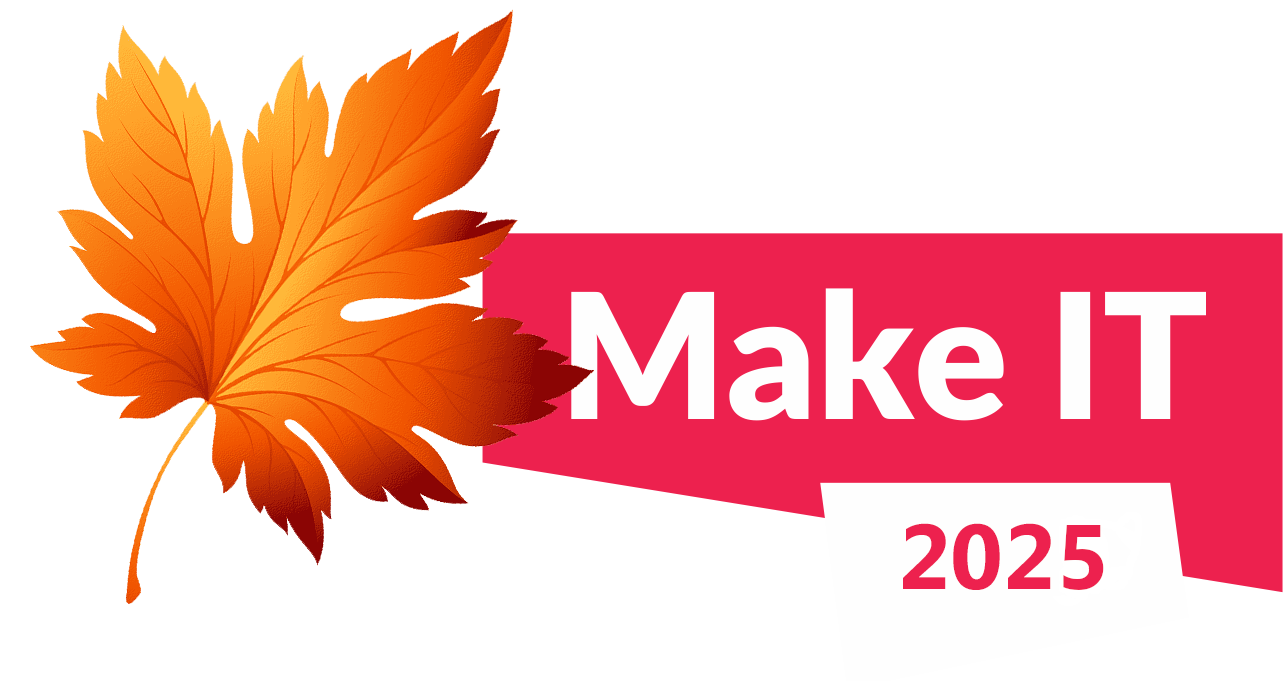
The Autumn MakeIT 2025 Conference event took place on October 14th, 2025, at the Computer Museum in Ljubljana. Its unofficial theme, NO SLIDES, JUST CODE,” truly captured the spirit of the day. The sessions were delivered by four Slovenian Oracle ACEs — Zoran Tica, Lucas Hirschegger, Urh Srečnik, and Žiga Vaupot. While Zoran and Lucas focused on development within Oracle APEX, Urh and I explored some of the exciting intersections between Oracle database technologies and artificial intelligence.
My session was — quite literally — my first deep dive into graphs and Oracle’s support for Property Graphs. As promised, there were zero slides — my goal was to explore how property graphs can be leveraged in a GraphRAG (Graph-based Retrieval-Augmented Generation) scenario. That’s why my presentation carried the title: Graphs – the Bridge Between Data and Generative Artificial Intelligence.
It’s no secret that I built upon all the resources I could find on this topic. My primary references were the official Oracle documentation on Oracle Graph and Property Graph, as well as Oracle LiveLabs. There are some realy nice workshop available, such as Gain a competitive edge with Generative AI, use AI to generate the Edge and Vertices that make Property Graph data structures You may even recognize a few familiar snippets in my demo scripts — I wasn’t trying to reinvent the wheel but to connect the pieces into a practical AI-driven example.
For anyone interested, I’m sharing the following scripts I used during the demonstration — feel free to explore, adapt, and experiment further:
Starting with Graphs
The SQL Property Graph feature in Oracle Database allows users to represent and query complex relationships within data using a graph model directly inside SQL. Each graph consists of vertices (nodes) and edges (relationships), both of which can store key-value pairs — known as properties — to describe attributes and context.
With the PGQL (Property Graph Query Language) extension and SQL/PGQ integration, Oracle enables seamless querying, analytics, and visualization of connected data, such as social networks, hierarchies, or dependencies. This makes it easy to blend graph analytics with traditional relational queries, unlocking new insights from highly connected datasets without leaving the Oracle ecosystem.
We use PGQL to uncover patterns in the graph — finding k-hop paths between nodes, exploring shortest or constrained paths (for example, “within three hops”), and detecting cycles or loops through path expressions and property filters on vertices and edges.
In the next step, we connect this to a GraphRAG flow: we translate a narrative question into pattern queries (paths, k-hop neighborhoods, cycles), retrieve the relevant subgraph, and return an LLM-ready, grounded answer that references the exact nodes and edges involved.
Playing with Graphs and LLMs to Get Answers from a Fairy Tale
In the second part of the workshop, we focused on how graphs can be used to explain and analyze the content of a story. As our case study, we chose the beloved Slovenian children’s tale Piki Jakob, written by poet Kajetan Kovič. The goal was to transform this narrative into a structured, machine-understandable form.
We began by dividing the text into smaller chunks and extracting relationships between the entities — such as characters, places, and objects — mentioned throughout the story. These relationships were then represented in a property graph, capturing how different elements of the tale connect and interact.
Finally, we explored how to build a Retrieval-Augmented Generation (RAG) setup on top of this graph: by analyzing graph patterns to identify the most relevant or contextually rich chunks, which are then fed into a large language model (LLM) to generate grounded, coherent, and context-aware responses about the story’s content and meaning.